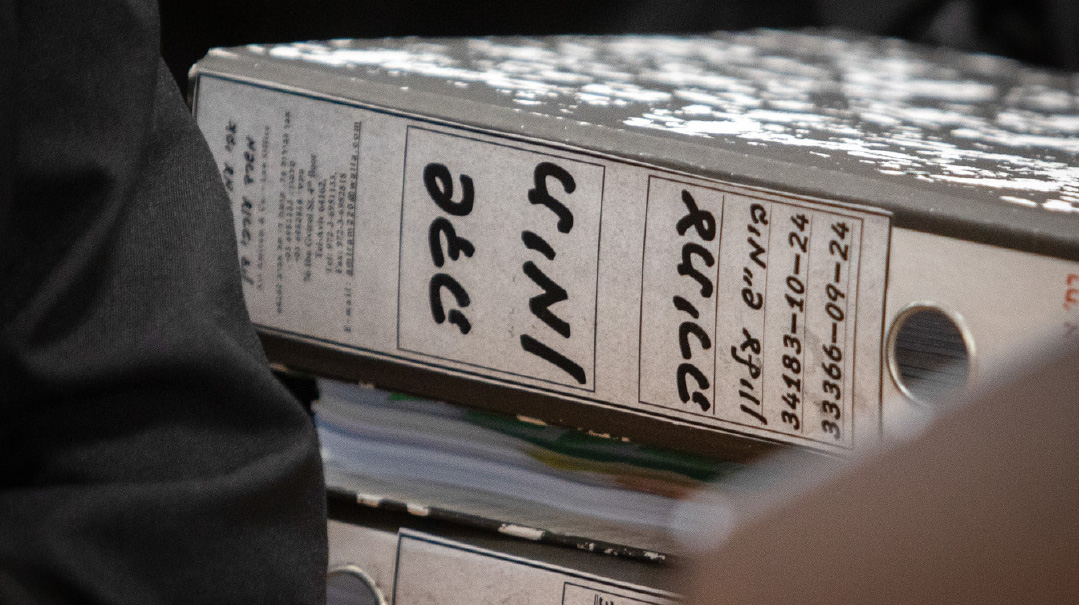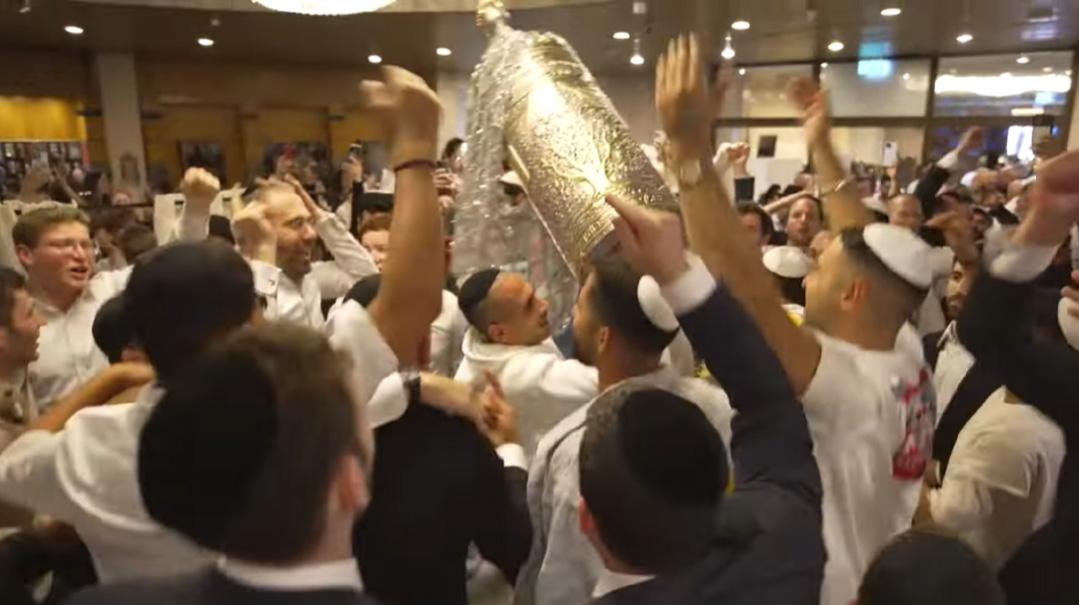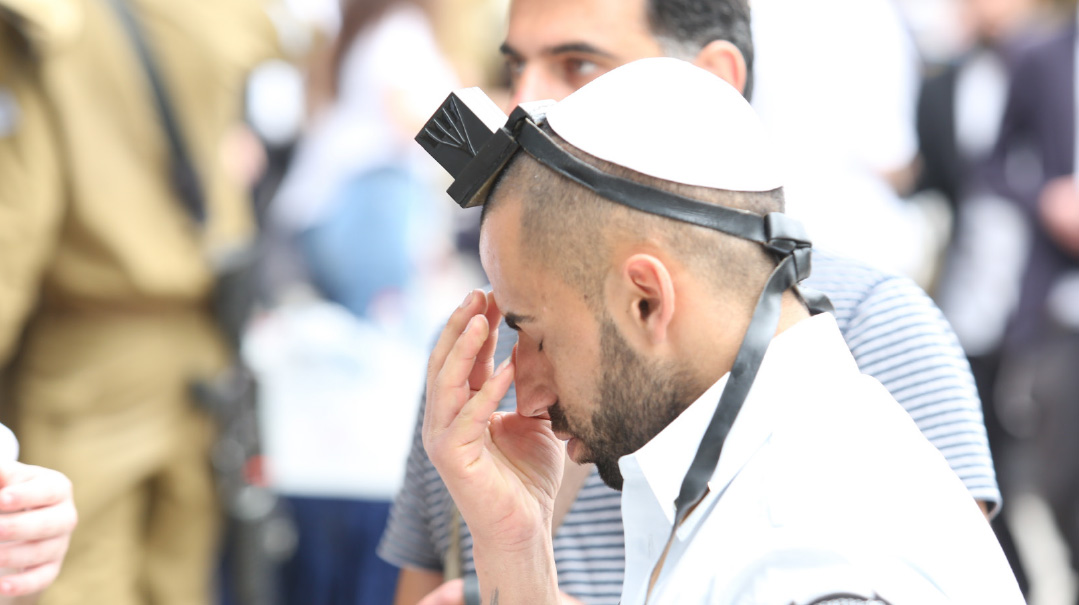If They Don’t Pray Back Home


A n October 30 New York Times article “Jews of the Diaspora Bring Their Cause to the Israeli Public” reported the announcement of a major public relations campaign by American Reform and Conservative leaders joined by the Jewish Agency to bring their case for “religious freedom” to the Israeli public and Knesset lawmakers.
Rich Jacobs head of the Union of Reform Judaism told The Times “The assumptions and mistaken understandings [among Israeli Jews] of what world Jewry is about are legion.” It would be interesting to know what those mistaken assumptions might be. The Times did not elaborate.
Perhaps Jacobs will seek to convince Israeli Jews that the section provided for non-traditional prayer at the Kosel is totally inadequate to their needs despite the government promises to significantly expand and spruce up the area. But the visual evidence belies such a claim. The area set aside since 2003 for mixed men and women’s prayer at Robinson’s Arch is almost always empty and has never been filled to overflowing.
One million Jews visited the Kosel from Rosh Chodesh Elul through Succos. There are as many men and women davening there in the early hours of the morning on any given night as will appear at Robinson’s Arch in the average month. By what logic do the heterodox demand a co-equal space for about one-thousandth the number of Jews as those who come to the Kosel throughout the year?
Or perhaps Israeli Jews fail to understand the passion of American Reform and Conservative Jews to pray according to their rites at the Kosel. But if that is the case how will Jacobs explain this 1999 official statement of the Reform movement in Israel? “One should not consider the Western Wall as possessing any sanctity… The Western Wall does not represent Jewish cleaving to G-d nor the experience of prayer nor Jewish thought for our times.”
Can one imagine a group of renegade Catholics who reject the authority of the Pope demanding equal space for prayer according to their alternative prayer rites at St. Peters in the Vatican?
But if the Kosel possesses no special sanctity why do the heterodox movements which do not pray for the return of the Temple demand so ardently “their rights” to pray as they wish there? As Hillel Halkin asked over 20 years ago in The Forward “Are there no places to practice Jewish feminism in the world in Israel or even in Jerusalem that they must do it at the one site where it infuriates large numbers of Orthodox Jews?”
There are other reasons to doubt the ardor of heterodox Jews to pray at the Kosel. As head of the Union of Reform Judaism Jacobs is no doubt familiar with the Pew Research finding that only 17% of Reform Jews attend religious services even once a month.
What will he answer if an astute Israeli Jew being lobbied by him asks: But if Reform Jews rarely pray in the United States why is it so important that they do so at the Kosel?
Perhaps he’d be forced to admit that the attraction of the Kosel is precisely because departures from tradition at the most enduring symbol of Jewish continuity are most likely to provoke traditional Jews to gnash their teeth. And the resulting confrontations are sure to be captured by photographers from the New York Times.
Shoshana Dweck an executive of the Reform Zionists of America hinted to this attraction of confrontation when she compared the battle for “equal rights” at the Kosel to the civil rights struggles of American blacks in the ’50s and ’60s for a seat at the front of the bus or at a lunch counter. Confrontation at the Kosel offers the frisson of participating in the great civil rights struggles for those who missed the real thing.
Do Reform leaders really believe that wrapping themselves in the mantle of Rosa Parks or seeking to be at the vanguard of progressive forces by holding “shivah rituals” after Donald Trump’s surprise victory a year ago will somehow revive Reform as a religious movement and help fill its pews?
ABOVE ALL HETERODOX LOBBYISTS will warn of a “break” with American Jewry. But as I have written recently that break is already far along and has more to do with the nature of American Jewry than with the behavior of the Israeli government. Sure reading in The New York Times of the Orthodox stranglehold in Israel and the discrimination against non-Orthodox Jews will anger non-Orthodox American Jews. But what it won’t do is bring life and energy to the Reform movement or bring back those genuinely seeking Jewish experiences who have left their Reform temples for the nearest Chabad House on Shabbos.
At the margins it will further the alienation of American Jewry from Israel. Or more precisely it will provide yet another excuse for American Jews particularly the young to distance themselves from any identification with Israel – an identification that can only cause them profound discomfort in the progressive circles in which they travel.
J Street is the ultimate expression of that alienation. In its more than eight years of existence it has not once found any action of the Israeli government worthy of its support. Early on it endorsed and promoted the Goldstone Report which accused Israel of “war crimes” in Gaza even after the report’s own author had repudiated it. J Street ardently supported the Iran deal even as the Obama administration endlessly conceded each of its previous red lines.
Too many American Jews feel no fraternal obligation to try and understand why Israeli Jews see the world so differently than they do. Their ties to their fellow progressives who are ever more hostile to Israel run too deep to give their fellow Jews any benefit of the doubt.
Even Avi Gabbay the head of what remains of what was once the Labor Party now says that he doesn’t favor the dismantlement of the settlements. But American Jews are not interested enough to inquire why the same Israelis who in 1993 were filled with messianic visions of imminent peace with the Palestinians have concluded today that there is no realistic possibility of a two-state solution with the Palestinians and do not believe that a generation of Palestinian youth whipped into a frenzy of hatred by the official Palestinian media and schoolbooks will be the generation to make peace.
Similarly our American brothers are too lazy to contemplate the challenge of asymmetric warfare against an enemy firing missiles at one’s cities from among its own civilian population or to wonder why British Colonel Richard Kemp a man with as much experience of such warfare as any man alive has praised Israel for doing more than any nation in history to reduce the casualties among enemy civilians.
J Street is perfectly comfortable hosting speakers who decry Israeli genocide against the Palestinians or bewail the nakba of Israel’s creation. But their curiosity never causes them to wonder why under 25 years under administration by their cousins in Israel “bent on genocide of the Palestinians” (from 1967 until the Oslo Accords in 1993 which placed administration of most Arab West Bank cities under the Palestinian Authority) the life expectancies of West Bank Palestinians increased 50% infant mortality decreased 75% illiteracy dropped over 40% and seven universities were built where none had existed.
Is it just a coincidence I wonder that Rich Jacobs who is at the head of the great Reform “civil rights” struggle in Israel was also a member of the J Street board of directors and a senior officer of the New Israel Fund?
Once I thought that the alienation of American Jews from Israel was a bug of the Reform campaigns for “religious rights.” But of late I’ve begun to wonder whether it is not a feature just another way of bringing down the hated Netanyahu government and electing one in its place that will be more compliant with the vision of American Jews living safely in America far removed from Iranian nukes and Palestinian terrorists.
If Israelis understand that it is unlikely that the Reform education campaign will have much impact.
(Originally featured in Mishpacha Issue 684. Yonoson Rosenblum may be contacted directly at rosenblum@mishpacha.com)
Oops! We could not locate your form.







